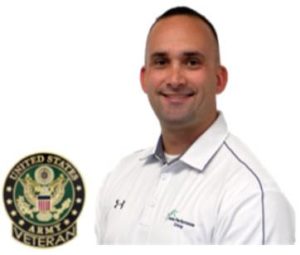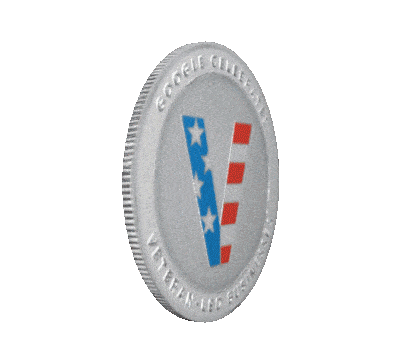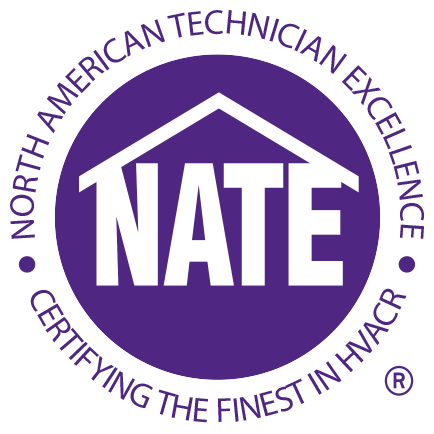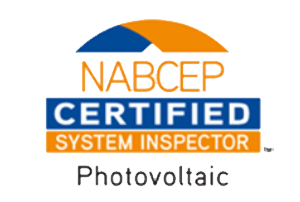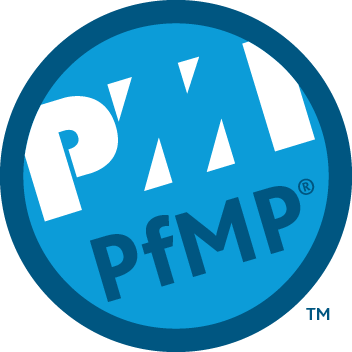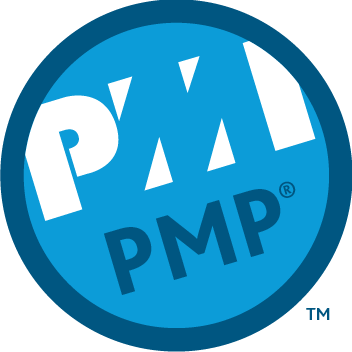How Does a Whole House Surge Protector Work?
SPD (Surge Protection Devices) limit transient voltages by directing excessive current to ground. A typical whole home surge 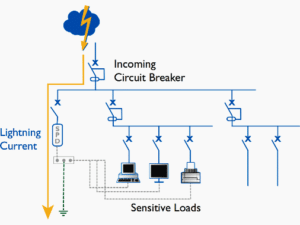 protector is wired in parallel with the home’s main electrical service conductors. The surge protector contains a varistor, or variable resistor, usually made of a metal oxide. The MOV (Metal Oxide Varistor) exhibits nonlinear resistance characteristics, meaning, the higher the incoming transient voltage, the faster the varistor opens. As the SPD senses excessive incoming voltage, due to utility switching or indirect lightning, the varistor automatically reduces resistance through the device creating a low resistance path for current to flow. This low resistance path is connected to the home’s electrical system ground, thereby safely shunting excessive power away from the home’s electrical system and any connected electronics to the earth.
protector is wired in parallel with the home’s main electrical service conductors. The surge protector contains a varistor, or variable resistor, usually made of a metal oxide. The MOV (Metal Oxide Varistor) exhibits nonlinear resistance characteristics, meaning, the higher the incoming transient voltage, the faster the varistor opens. As the SPD senses excessive incoming voltage, due to utility switching or indirect lightning, the varistor automatically reduces resistance through the device creating a low resistance path for current to flow. This low resistance path is connected to the home’s electrical system ground, thereby safely shunting excessive power away from the home’s electrical system and any connected electronics to the earth.
Types of Home Surge Protection Devices
There are four types of SPDs (Surge Protection Devices). The NEC (National Electric Code) article 100 defines the four types of surge protection. Type one devices are permanently connected between the secondary of the utility transformer and the line side of the service disconnect, usually the main electrical panel in a residential home. 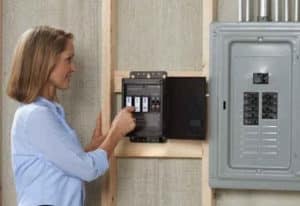 A type two surge protector is designed to be installed on the load side of the service disconnect or home’s main electrical panel. This type of installation is the most common whole homes installation found. In residential applications typical installations involve a properly sized double pole circuit breaker to connect the whole house surge protector to the home’s breaker box. A type three SPD are point-of-use types. The most common examples are 6 receptacle plug-in power outlet strips and UPS (Uninterrupted Power Supplies) generally used with computers and electronics. Finally, type four devices are component SPDs that are integrated onboard of an appliance generally found on the printed circuit board.
A type two surge protector is designed to be installed on the load side of the service disconnect or home’s main electrical panel. This type of installation is the most common whole homes installation found. In residential applications typical installations involve a properly sized double pole circuit breaker to connect the whole house surge protector to the home’s breaker box. A type three SPD are point-of-use types. The most common examples are 6 receptacle plug-in power outlet strips and UPS (Uninterrupted Power Supplies) generally used with computers and electronics. Finally, type four devices are component SPDs that are integrated onboard of an appliance generally found on the printed circuit board.
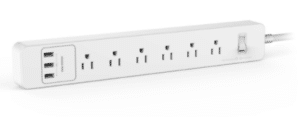 Two key characteristics differentiate the various types of surge protection. The first is connection. Both type one and type two whole house surge protectors are permanently installed into the homes wiring and provide whole home defense. Whereas type three devices are plug-connected and can be easily removed, and type four are permanently installed as a component of a single piece of equipment, generally as part of an appliance power supply. The second difference is levels of protection, type one and two surge protectors provide 60 to 100 kA, 100,000 amperes, of protection where a type three is generally a sparse 10 kA, with type four SPDs even less. The benefits of a type two whole house surge protector include convenience of a permanent electrical safeguard for all appliances, fixtures, and electronics in the home, and the highest level of surge current protection available.
Two key characteristics differentiate the various types of surge protection. The first is connection. Both type one and type two whole house surge protectors are permanently installed into the homes wiring and provide whole home defense. Whereas type three devices are plug-connected and can be easily removed, and type four are permanently installed as a component of a single piece of equipment, generally as part of an appliance power supply. The second difference is levels of protection, type one and two surge protectors provide 60 to 100 kA, 100,000 amperes, of protection where a type three is generally a sparse 10 kA, with type four SPDs even less. The benefits of a type two whole house surge protector include convenience of a permanent electrical safeguard for all appliances, fixtures, and electronics in the home, and the highest level of surge current protection available.
A Whole House Surge Protector and the National Electric Code
Jurisdictions in Kansas City, both Missouri and Kansas, operate under the 2017 NEC. Although long viewed as an important safety consideration in homes, the NEC does not mandate or require installation of surge protection in residences. The NFPA (National Fire Protection Association) continues to not mandate surge protection, but instead, permit installation in homes. The justification for not requiring whole house surge protection is based on the variance of probability for electrical surge by locality. Different parts of the country receive different amounts of surges. Additionally, electrical systems and fixtures differ in the type and amount of protection required. The IEEE (Institute of Electrical and Electronics Engineers) issued guidance on residential SPDs and the III (Insurance Information Institute) recommends homeowners proactively install surge protection to reduce the probability of catastrophic loss to high dollar appliances and electronics. When surge protection is selected, the NEC does provide installation guidelines. Specifically article 285 covers installation and connection requirements for SPDs permanently installed on premises wiring systems. Surge protection devices are permitted to be installed indoors or outdoors but should be weather rated for the application and must be made inaccessible to unqualified persons.
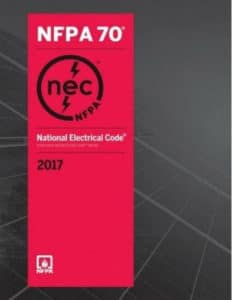
NEC 285.4, requires an SPD to connect to all ungrounded “hot” conductors in the circuit. This could be an individual branch circuit, feeder circuit to a sub-panel, or main service conductor powering the main electrical panel. The surge protector must be installed so as to keep electrical conductors as short as possible and avoid unnecessary bends and loops in the wire. The reason is to minimize fire risk by reducing the amount of heat produced in the wires, and EMFs (Electromagnetic Field) around the SPD. During an electrical surge extraordinarily high voltages and current flow into the building electrical service and wiring. According to the Joules heating effect, higher amperes flowing through a wire generate more heat at an exponential rate, for example doubling current flow quadruples the quantity of heat. Minimizing wire lengths both reduces the resistance in the wire which reduces heat, and shortens the surge current path to earth. In accordance with the Biot-Savart Law, magnetic fields are proportional to the magnitude of current flowing and length of wire. Spinning wire into a coil and applying voltage induces a very strong magnetic field. Given a large enough electrical surge the magnetic field may be strong enough to cause mechanical damage to electrical equipment. Again, minimizing the length of surge protector wires and ensuring there are no loops protects against the risk of overheating and mechanical damage.
It is important to check the type and size of wire for any proposed surge protection installation. The minimum size wire allowed in accordance with NEC 285.6 is 14 AWG (American Wire Gauge) for copper wires and 12 gauge for aluminum. The smaller the AWG the larger the wire diameter and therefore more current and heat the wire can safely withstand. Copper has less resistance per foot than aluminum wire and therefore generates less heat and may be smaller. Several details must be considered when selecting a whole home surge protector and many electrical code requirements must be met to safely install whole home surge protection.
Home Performance Group Surge Protection Installation in Kansas City
Interested in a whole home electrical surge protector, consider hiring a licensed electrical professional with expert knowledge to properly wire and install an SPD to your main electrical panel. A small upfront investment in electrical protection can save thousands in future repairs, mitigate the chance of a home fire, and minimize inconvenience.
At Home Performance Group, we continue to invest in electrical technical training so we can install all types of electrical surge protection both at the main panel and supplemental protection at high dollar equipment. We have performed numerous surge protection device installations for our clients.
If you are interested in a no-cost in-home consultation, schedule with a Solutions Advisor today.

Article by Larry L. Motley Jr., 27 September 2021
Larry is a graduate of both Wentworth Military Academy and Missouri Western State University earning a double bachelor’s degree in Economics and Finance. Additionally, he maintains six professional tradesman licenses in two states and advanced credentialing in green technology, project and program management, and process improvement. Larry is a three-time combat veteran having served in Operation Iraqi Freedom, Operation New Dawn, and Operation Inherent Resolve. He continues to serve through a value-based building science company focused on providing clients the best design, highest quality installation, and most honest repair services in the community.


Featured Service Areas:
| Missouri | Kansas | ||||
|---|---|---|---|---|---|
|
Belton Blue Springs Cameron Excelsior Springs Gladstone Holt |
Independence Kansas City Kearney Lathrop Lawson Lee's Summit |
Liberty North Kansas City Parkville Platte City Plattsburg Polo |
Raytown Riverside Smithville Sugar Creek Weston |
Kansas City Lansing Leavenworth Leawood Lenexa |
Merriam Mission Mission Hills Praire Village Shawnee |



